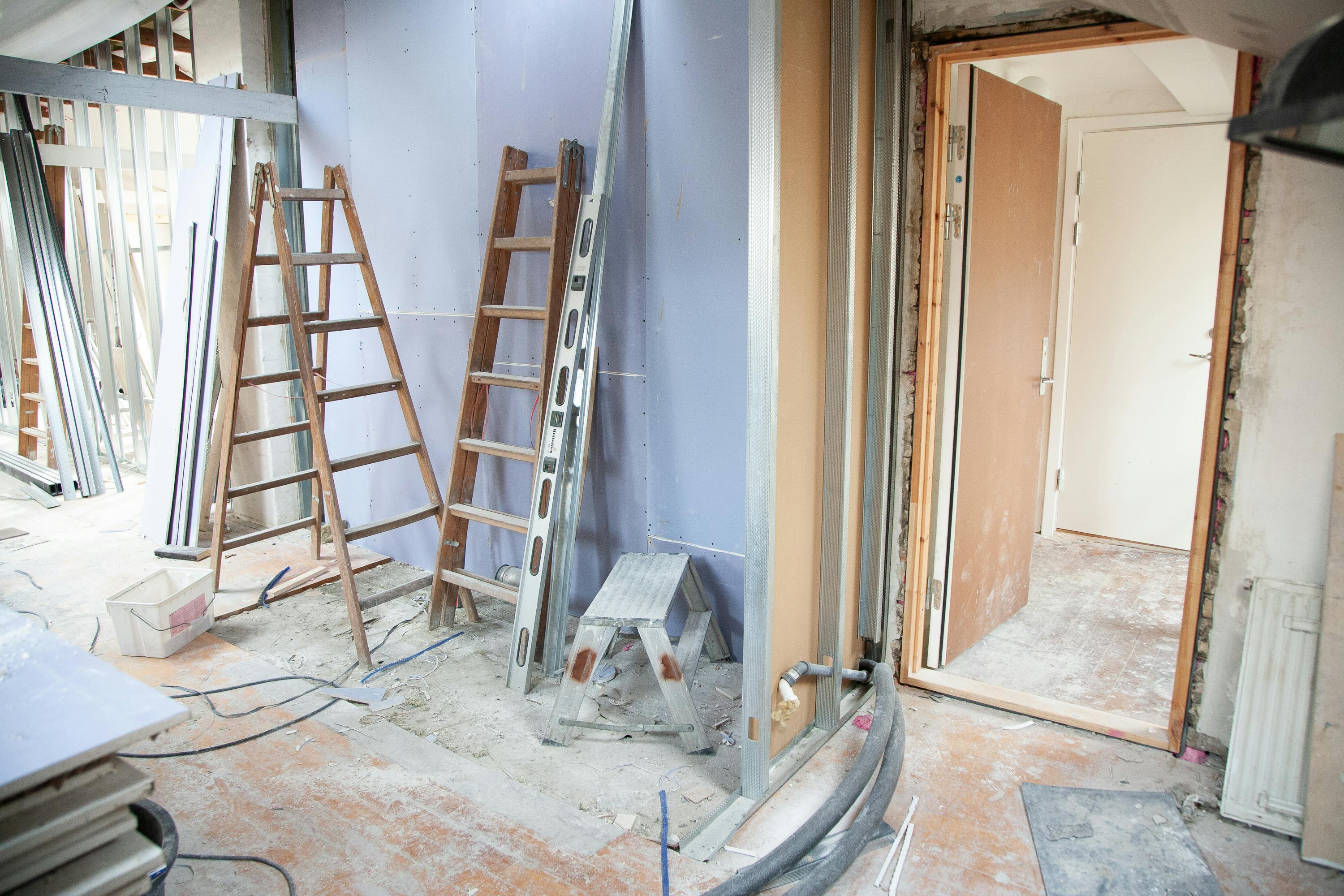October 2, 2025

Undertaking a house refurbishment is a major step for any homeowner. Whether you want to update a tired property, adapt your home for growing family needs, or prepare it for the market, refurbishment work can completely transform how a house feels and functions. Yet the decision to tackle everything at once or to phase the project is not always straightforward.
For some, completing the refurbishment in one sweep makes sense: you move out, the builders work uninterrupted, and you come back to a fully renewed property. For others, especially those with limited budgets, busy households, or uncertain future plans, phasing offers a more practical and flexible solution.
Phasing means breaking a refurbishment into carefully planned stages, carried out over time. While it requires discipline and thorough planning, it can reduce disruption, spread out financial commitments, and allow you to adapt as your needs evolve.
This article explores when it makes sense to phase a refurbishment, the advantages and disadvantages of doing so, and practical strategies for phasing effectively.
One of the most common reasons for phasing is money. A full refurbishment is a significant investment, often involving structural changes, new electrics, plumbing, insulation, kitchens, and bathrooms. Few homeowners can finance this in a single lump sum.
Phasing allows you to:
This approach makes home improvements more financially achievable without overstretching.
Living through a full refurbishment can be overwhelming. Dust, noise, and disruption to essential rooms such as kitchens and bathrooms make daily life uncomfortable.
Phasing enables you to:
For families, this can be the deciding factor in favour of phasing.
Not every room or feature needs immediate attention. Structural integrity and safety should always come first, but decorative updates can wait.
For example, you might:
This approach ensures your home remains safe and functional, even if not every space is complete.
If you are uncertain about your long-term goals, phasing offers flexibility. Perhaps you plan to sell in a few years, or your family circumstances may change. By phasing, you can:
This avoids investing in unnecessary work.
Large refurbishments often involve multiple trades: builders, electricians, plumbers, plasterers, decorators, and more. Managing all at once is complex and expensive.
Phasing lets you:
Homeowners sometimes rely on staggered financing: equity release, staged mortgages, savings built up between phases, or government grants. Phasing allows you to align the refurbishment schedule with available funds, reducing financial stress.
While phasing can be practical, it is not always ideal. Homeowners should be aware of:
If you decide phasing makes sense, careful planning is key. Here’s a step-by-step approach:
This ensures the home is safe and functional before moving on.
These rooms add the most value and have the greatest impact on daily life. Refurbishing them early improves comfort and boosts property value.
Secondary rooms can be tackled once the essentials are complete. This includes redecorating, flooring, and joinery.
Final touches such as landscaping, painting, and decorative details complete the refurbishment.
By following this sequence, you ensure each stage builds logically on the last.
No. Phasing spreads out spending, but repeated set-ups and longer timelines can increase overall costs. However, for many homeowners, the ability to afford improvements in stages outweighs the extra expense.
Start with essential repairs and upgrades: electrics, plumbing, damp-proofing, and insulation. Next, kitchens and bathrooms usually come first, as they have the greatest impact on daily life and property value.
Yes, and this is often the reason for phasing. By working on one section at a time, parts of the property remain functional. Builders can help sequence the project to minimise disruption.
It varies. Some homeowners complete all phases within a year, while others spread work across several years. The timeline depends on budget, priorities, and the scale of the project.
Yes, but not always negatively. Finished phases, such as a modernised kitchen, can increase value straight away. However, if large parts of the house remain visibly unfinished, buyers may be put off.
Create a master plan with your architect or builder from the outset. Even if the project will take years, a clear roadmap ensures each phase aligns and avoids costly rework later.
Phasing a house refurbishment makes sense in many situations – from financial constraints to lifestyle needs and long-term flexibility. It can be a lifeline for families needing to live in their property during works or homeowners with funding arriving in stages. However, it comes with trade-offs: longer timescales, potentially higher costs, and the challenge of living in a home that feels like a work in progress.
The success of a phased refurbishment lies in careful planning. With a clear master plan, logical sequencing, and realistic budgeting, phasing allows you to achieve your long-term vision while managing the practicalities of everyday life. For many homeowners, it is the balance between ambition and feasibility that makes phasing the smartest way to transform their property.
Ready to bring your home renovation or extension vision to life? At Milkov & Son Construction, we specialise in Architectural Design, Design & Building Process, Loft Extensions & Conversions, Extensions, House Refurbishments, and Interior Design. Whether it’s a single room makeover or a complete transformation, our expert team is here to guide you every step of the way. Contact us online or call +44 7951 625853 to start your project today.
